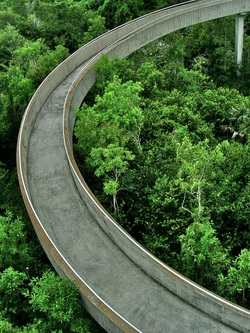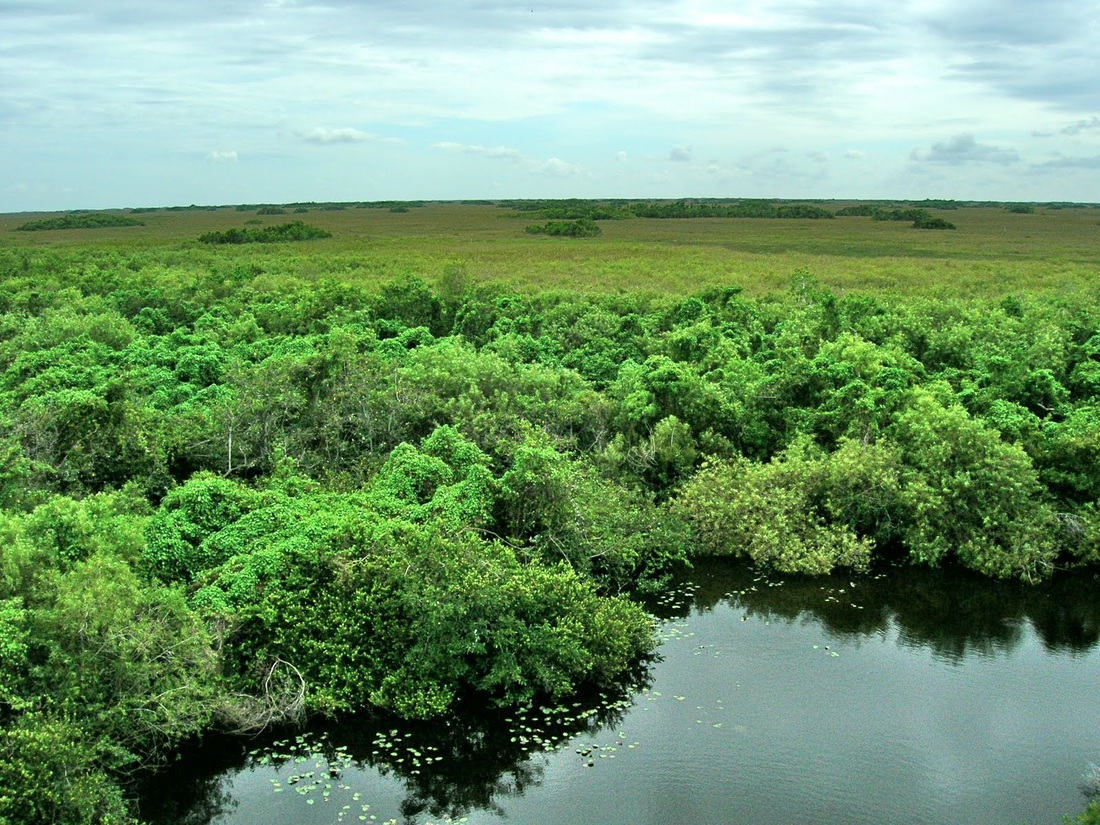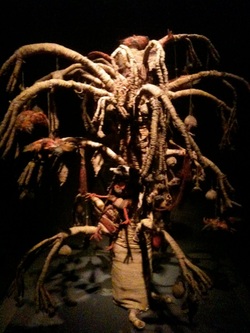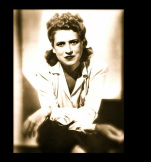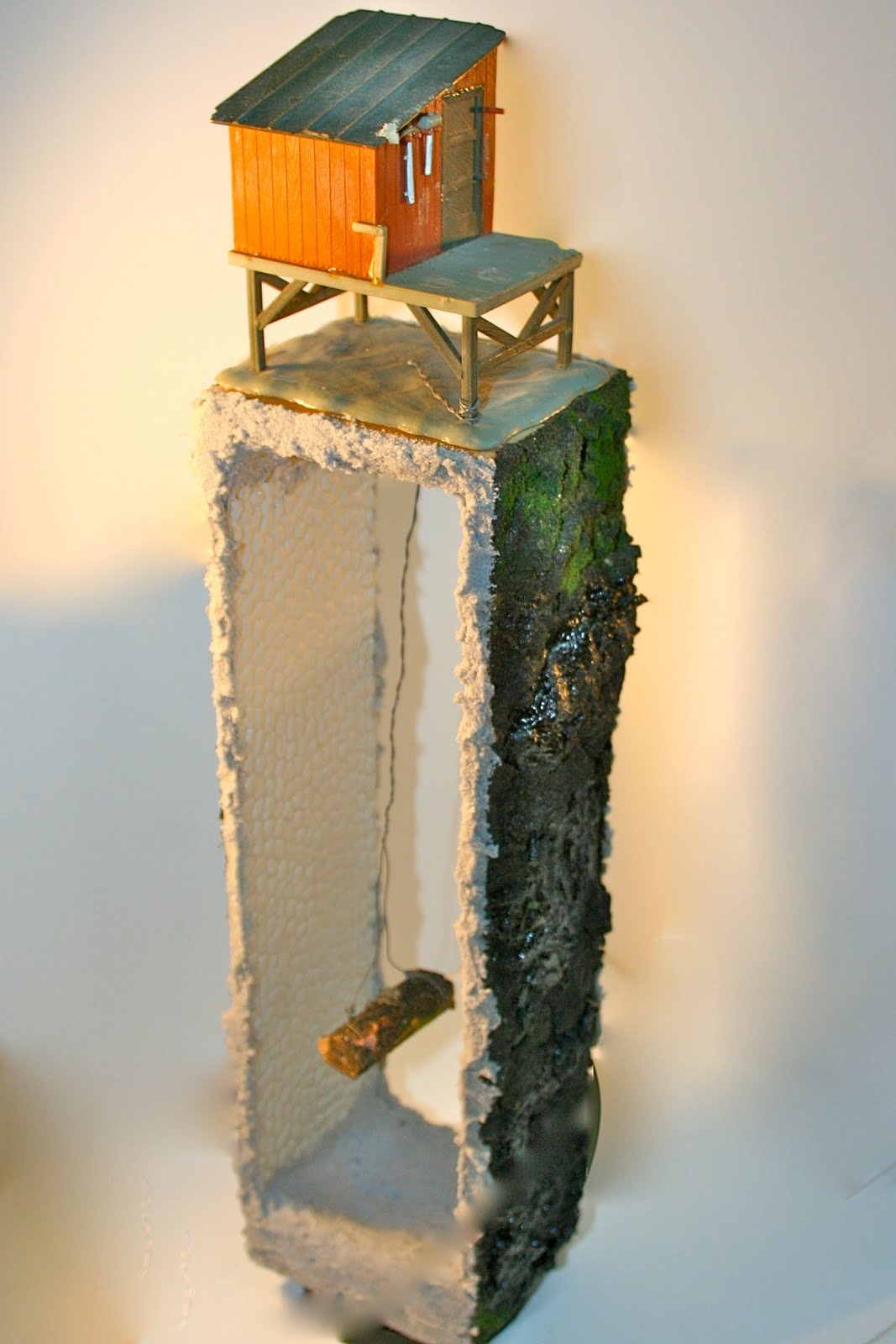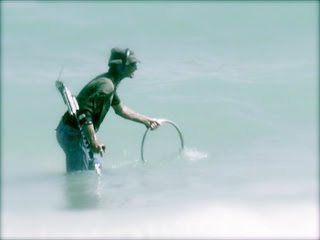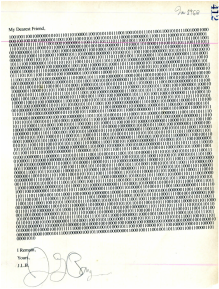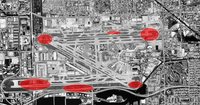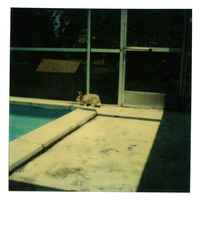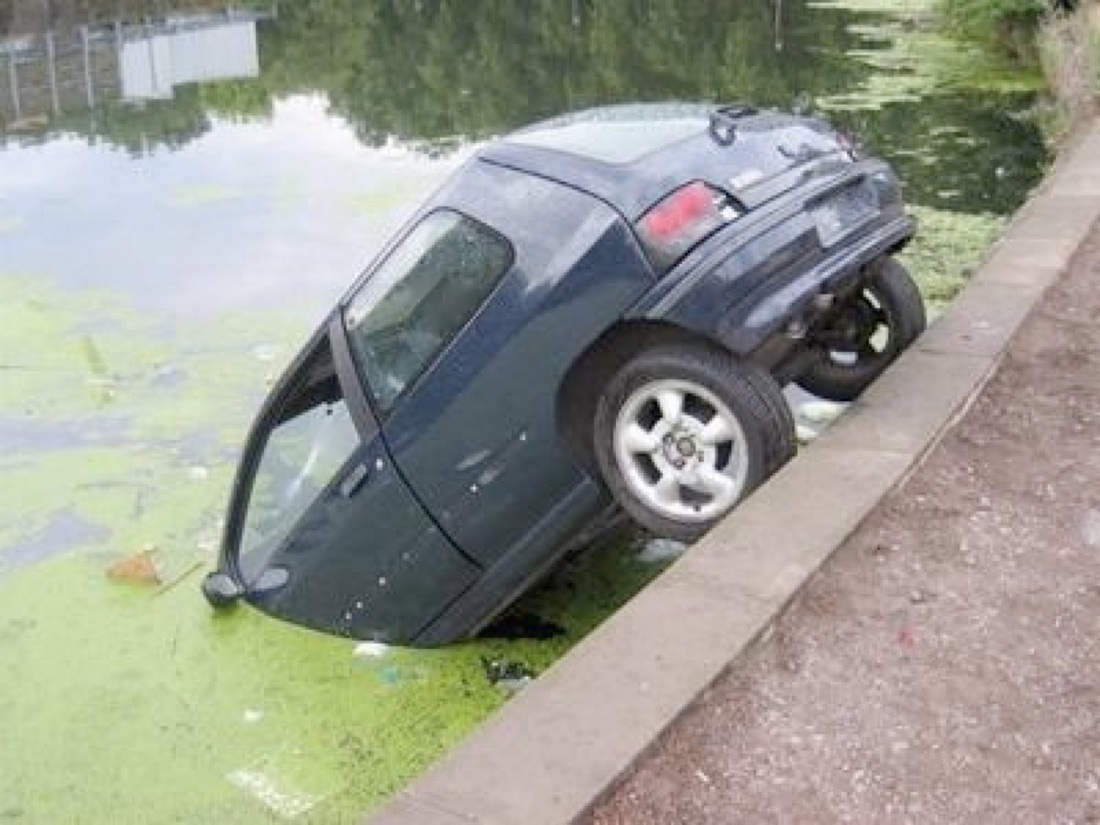TSFPLTMT presents: FLORIDA ARCANE
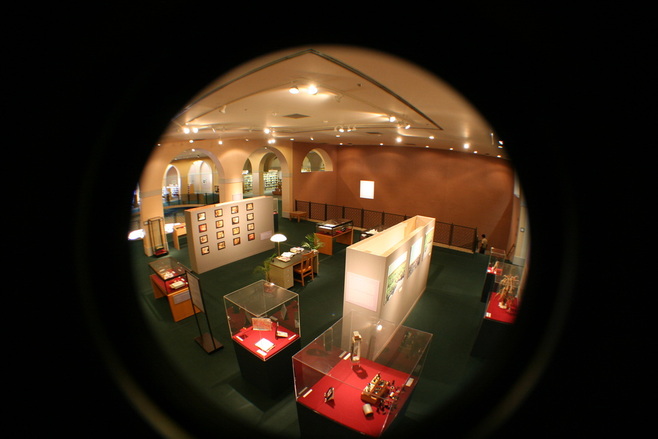
Miami Downtown Library, 2010
FLORIDA ARCANE was commissioned by and exhibited at Miami Public Library's Main Downtown Branch in mid to late 2010.
FLORIDA ARCANE, a Catalog (below)
Missing Time: A Chancay/Tequesta Arboreal Cosmovision
Space Coast Polymath
|
Born near Panama City about 1910, Jacqueline Cochran was a reporter and owned a cosmetics firm. She was also a test pilot: the first woman to break the sound barrier and fly a bomber across the Atlantic, and the first civilian woman to win a Distinguished Service Medal. Later, for her work training Venezuelan postal flyers, she received a medal from the Venezuelan Government. They erected a sizable statue in her honor at the coastal town of Coro. In 1977 she was elected to the Aviation Hall of Fame. She held more speed, altitude and distance records than any other pilot. She was a Florida Women's Hall of Fame inductee in 1992. Her obsessive love for all things aeronautical extended to many ideas: making space travel more economically viable by privatizing outer space; the aerodynamics of water fowl, and the possibility of life beyond Earth.
|
Polymath Jacqueline Cochran amassed a collection of photographs, navigation charts and instruments, optical devices, books, drawings and the like. She dedicated her years to flying machines, business, and the rigors of professional advancement. By the time of her death in 2008, she suffered from delusions and paranoia attributed to her many hours flying at supersonic speeds and regular exposure to high altitude hypoxia. Her surviving family knew of her contributions to Florida history and sought a permanent home for her collection to honor her legacy. They contacted the Society for the Preservation of Lost Things and Missing Time and we aided them in locating the storied collection. She had left a map indicating the burial site of her precious optics, snapshots, books and instruments. They were entombed in a gold-covered box beneath a shack her father built behind the family’s Cape Canaveral, Florida, home when he returned home from World War II
|
The Doctor Eugene Birchwood Archives.
MISSING TIME, MISSING PEOPLE

A memory of a dream of a place as recalled in a story from somewhere that somehow kept being retold until the story was no longer a dream and the dream was no longer a memory and the memory was only a set of photographs handed down from one generation to the next:
The Heroines of Suffrage, Women of The Veterans of Foreign Wars (VFW),
and PTA mom's of the 80's.
The Heroines of Suffrage, Women of The Veterans of Foreign Wars (VFW),
and PTA mom's of the 80's.
Saving Sylvilagus Floridanus.
In the mid 1980s, while surveying for a new runway at Miami International Airport, surveyor Carie B. Litton became enamored with Sylvilagus Floridanus, the common Easter Cottontail rabbits that populated the field’s hundreds of acres. After taking one home to keep as a pet, he soon became their ardent defender and began a campaign to preserve their natural habitat. Mr. Litton’s employment was terminated by the Miami Port Authority for actively protesting the construction during work hours. During this period of unemployment, he organized humble protests with the local chapter of PETA and spared no effort in furthering the cause of saving Sylvilagus Floridanus’s native domain.
The Society for the Preservation of Lost Things and Missing time is delighted to have in our possession artifacts from Mr. Litton’s tumultuous years as crusader for Sylvilagus Floridanus.
The Society for the Preservation of Lost Things and Missing time is delighted to have in our possession artifacts from Mr. Litton’s tumultuous years as crusader for Sylvilagus Floridanus.

